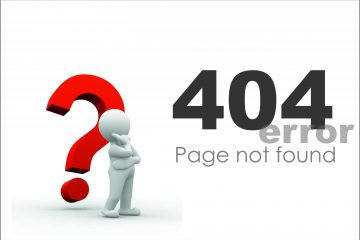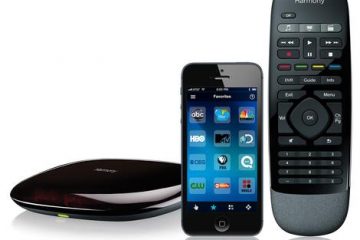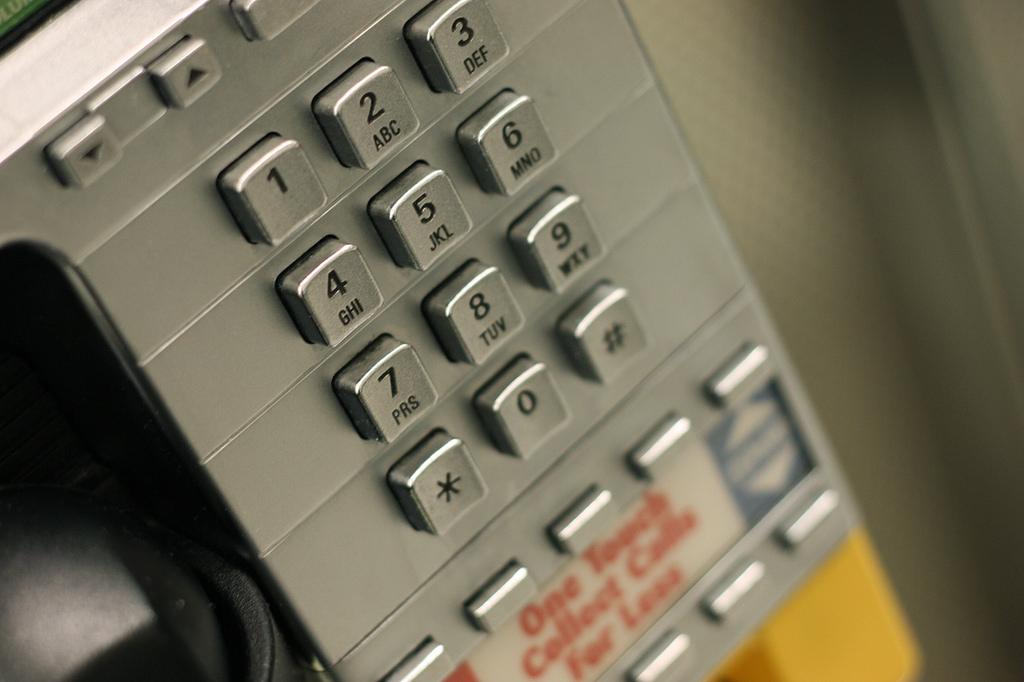For anyone familiar with the audio compact disc, it use to be possible to insert one of these into your computer and enjoy the music on them. Since the CDROM drive in your computer also includes the ability to decode Redbook CD Audio, this could be done quite efficiently by passing the audio output from the CD player to the audio output on your soundboard.
In some cases, this created some interesting sounds as the CD would play while the sound card simultaniously synthesized audio on the same analog output. A result of this would be the overlapping audio output, a process which is now marshalled by sophisticated sound drivers capable of multiplexing digital sound streams from multiple sources. So it is now possible to play concurrent digital sources, typically in the form of WAV or MPEG files, using the same hardware. The ultimate benefit is that a user can receive alert sounds from the operating system while playing a game or listening to an MP3 file.
Unfortunately, the audio CD player has been deprecated in the process. This exemplifies a technological extremism that has made it a virtual requirement for your desktop computer to function at 2 Ghz or above. When placing a CD in a CDROM drive that is encoded with Compact Disc Audio (CDA) data, it should not be the responsibility of the computer to digitize the audio CD and play it back through the sound card. The audio CD player is perfectly capable of playing the audio disc, and it has appropriate connections to the sound board to facilitate the output.
For those of you on an alternative platform like Linux or FreeBSD, the XMMS player works quite well as do a number of the console-based playback utilities.
If only it were that easy to play audio CD’s on Windows, it seems absurd that I require a second computer for the sole purpose of audio CD playback. Maybe I should invest in a walkman.


